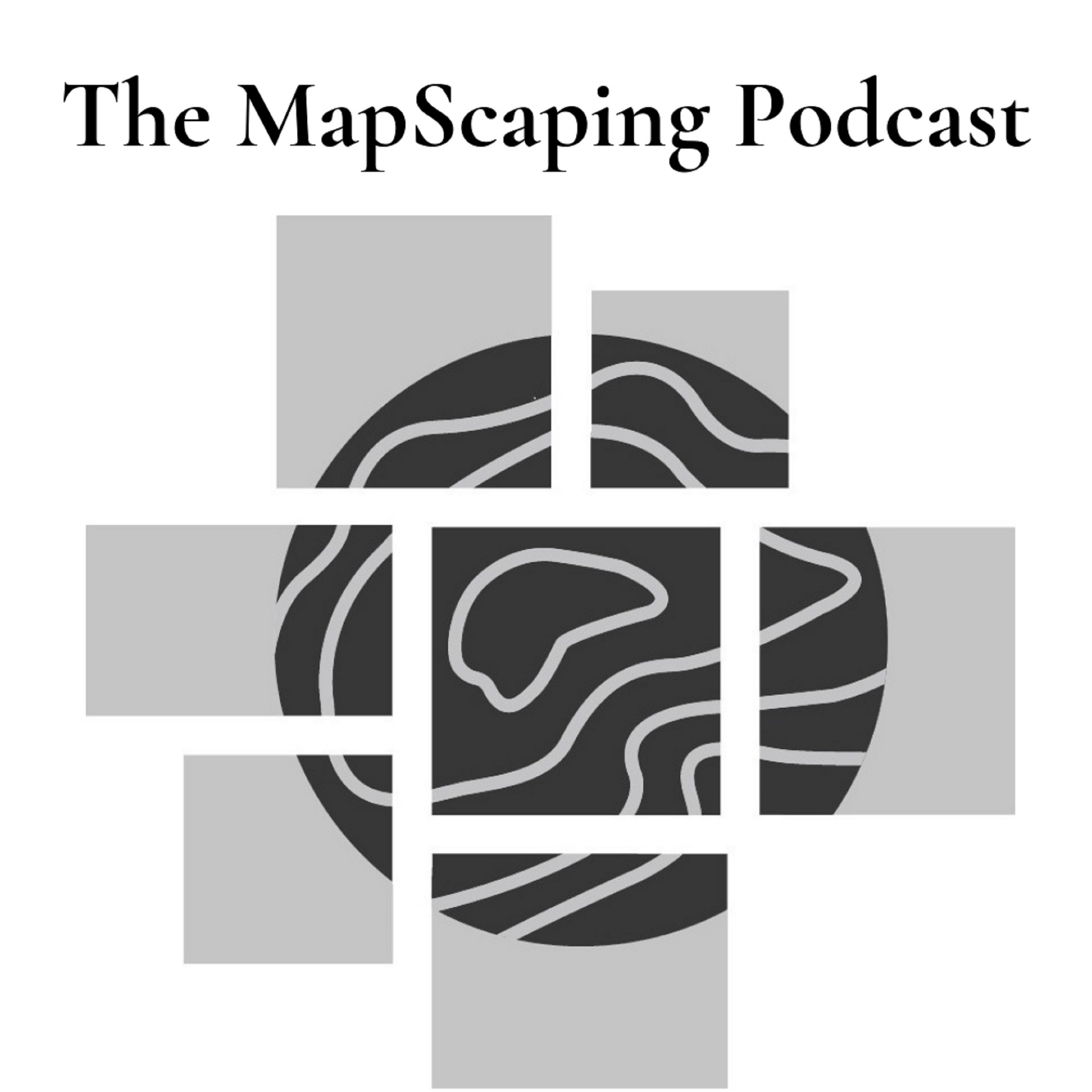

A podcast for geospatial people. Weekly episodes that focus on the tech, trends, tools, and stories from the geospatial world. Interviews with the people that are shaping the future of GIS, geospatial as well as practitioners working in the geo industry. This is a podcast for the GIS and geospatial community subscribe or visit https://mapscaping.com to learn more
Episodes

Thursday May 02, 2024
What is humanitarian GIS?
Thursday May 02, 2024
Thursday May 02, 2024
Hugo Powell, from immap.org shares his expert insights on how GIS technologies are leveraged to analyze data, visualize scenarios, and facilitate rapid decision-making during emergencies.
Here are the key tools mentioned:
1. **Kobo Toolbox**: An open-source tool used for data collection in humanitarian contexts. Kobo Toolbox allows for both quantitative and qualitative data collection and is operational offline, which is crucial in areas with limited internet connectivity. It supports geospatial data collection and can be used for needs assessments in settings like refugee camps.
2. **ODK Collect**: Similar to Kobo Toolbox, ODK Collect is an open-source mobile application used for field data collection. It is widely used in humanitarian efforts for its ease of use and the capability to work offline.
3. **QGIS**: A free and open-source geographic information system used for viewing, editing, and analyzing geospatial data. Hugo notes that QGIS is core for mapping and data analysis in humanitarian operations.
4. **Tableau and Power BI**: Business intelligence tools mentioned for their use in analyzing and visualizing data. These tools help in making data-driven decisions during humanitarian operations.
5. **Humanitarian Data Exchange (HDX)**: An open platform for sharing data across crises and organizations, which helps in avoiding duplication of efforts and enhances coordination among humanitarian actors.
6. **Humanitarian OpenStreetMap Team (HOT)**: Provides crowdsourced geospatial data which is extremely valuable in humanitarian settings for its accuracy and timeliness.
7. **Esri’s Living Atlas and other Esri tools**: While not open-source, Esri’s tools are sometimes used for their comprehensive geospatial data, particularly in natural disaster contexts like earthquakes.
8. **Humanitarian Spatial Data Center**: Managed by IMAP, this tool aggregates and processes data, providing access to data, analytics, and visualization tools all in one place. It has been particularly successful in deployments like Afghanistan.
This episode was sponsored by scribblemaps.com
Recommended Listening
Geospatial Support For Humanitarian Emergencies
A Self-Contained Environment For Open-Source Geospatial Tools
Peer to Peer Mapping And Digital Democracy
I am working on a new project over at QuickMapTools.com
and any feedback is really appreciated!
No comments yet. Be the first to say something!